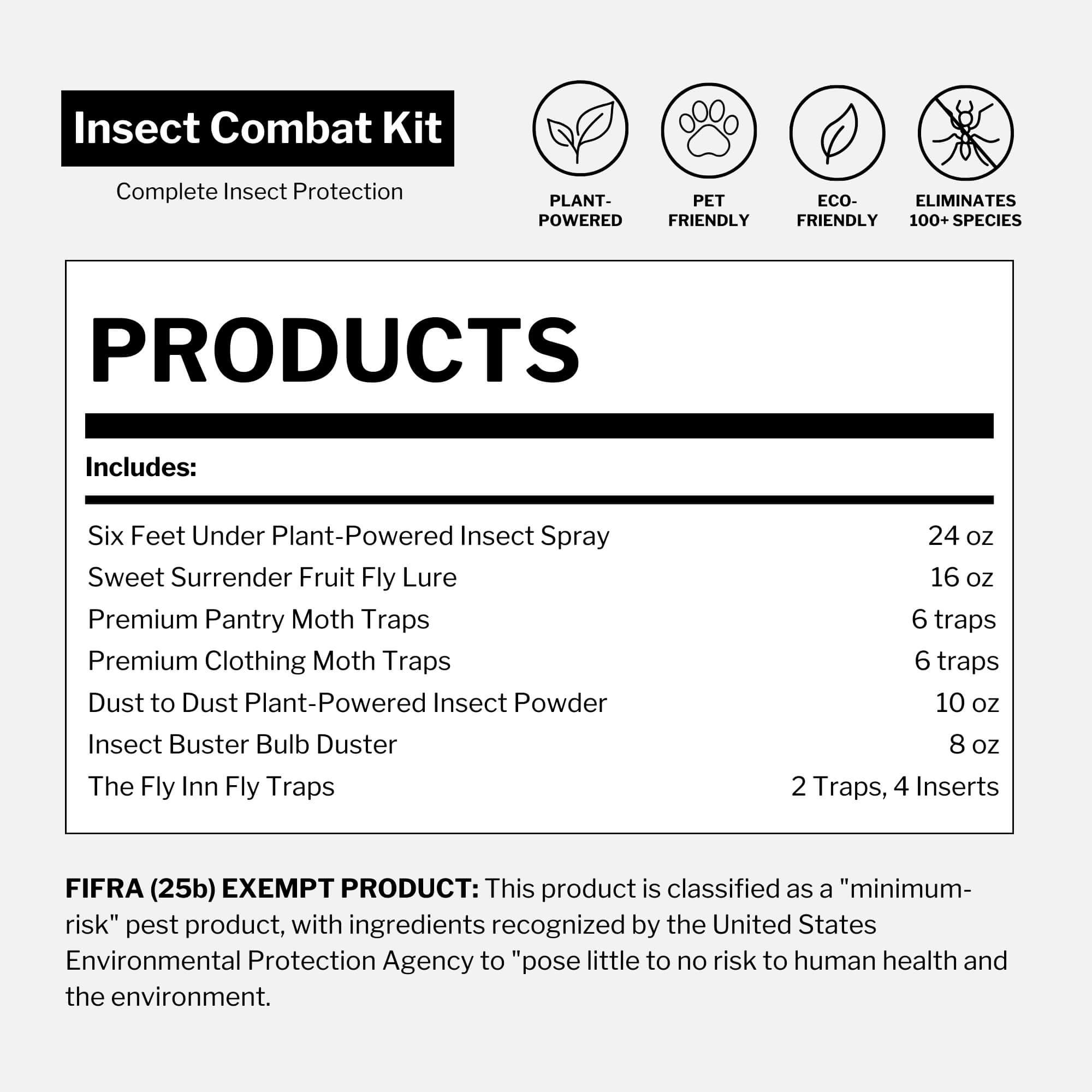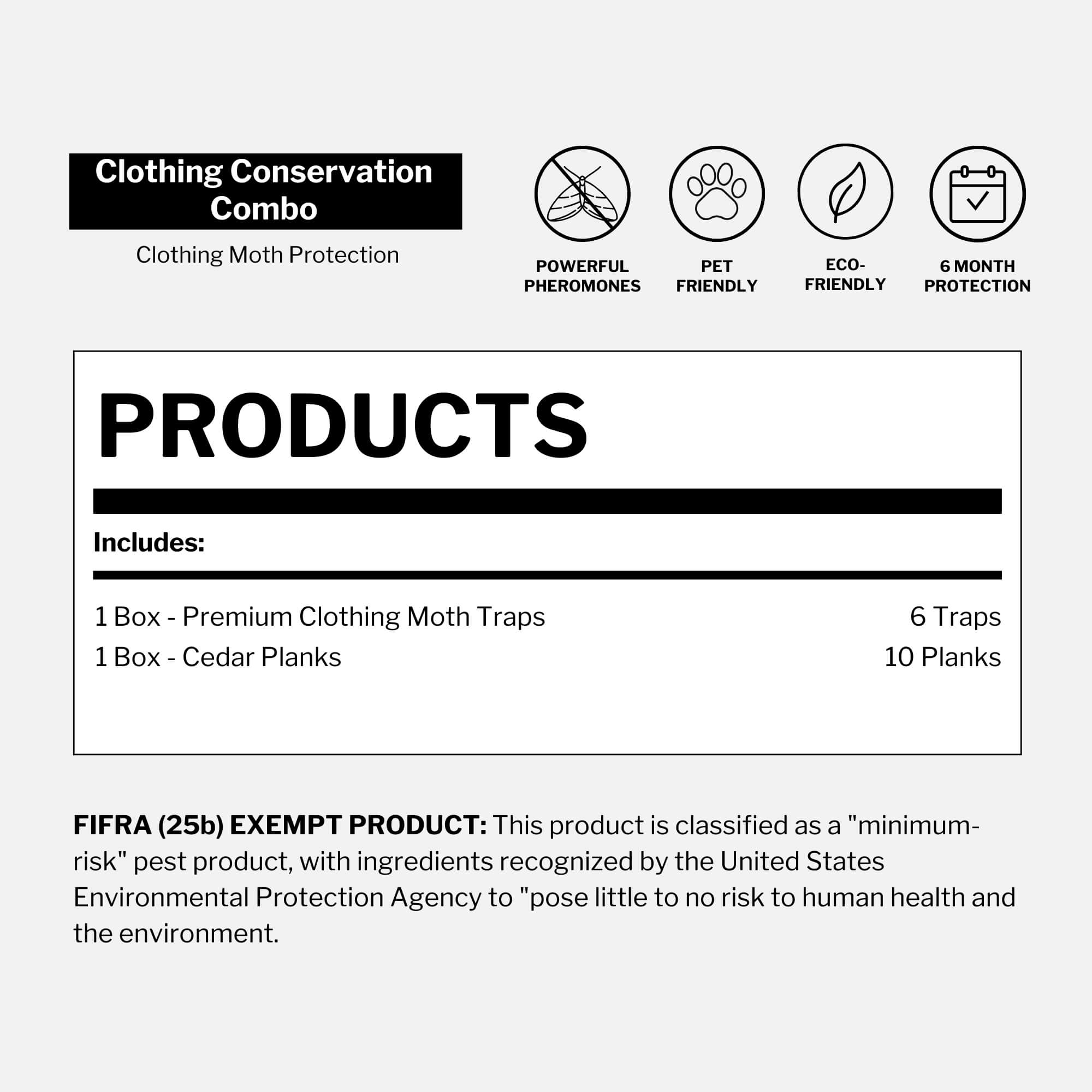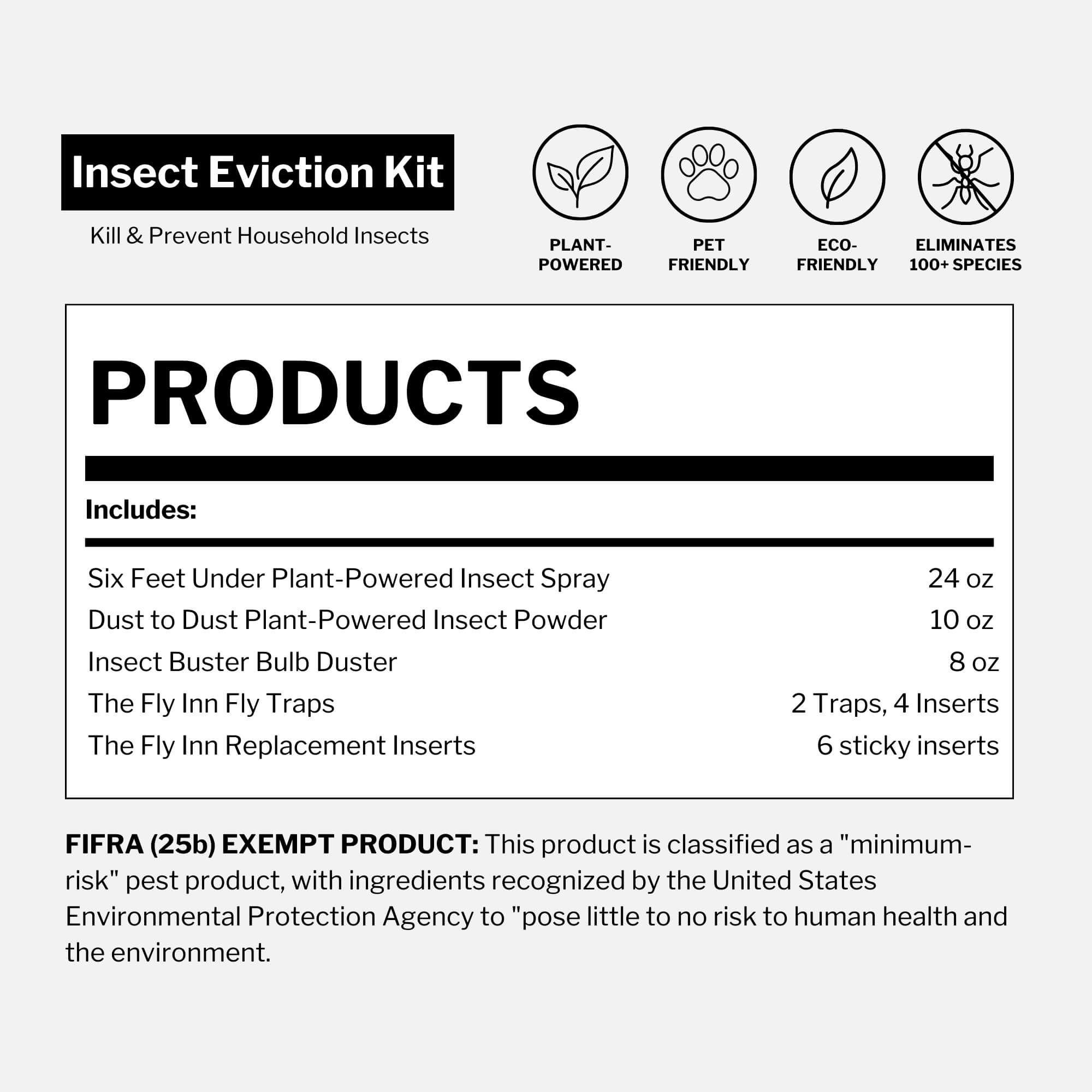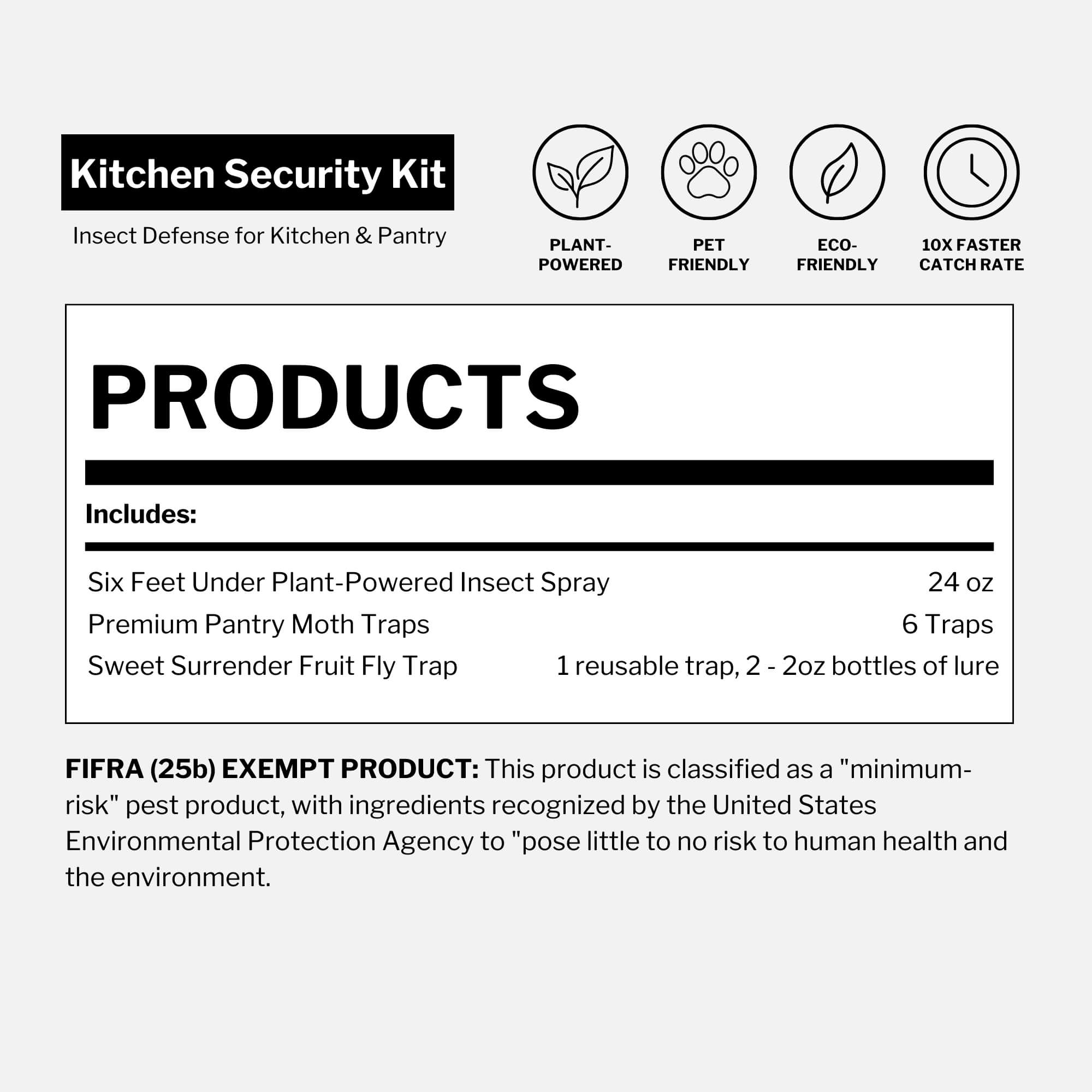Updated on April 26th, 2025
PFAS (per- and polyfluoroalkyl substances) are found in the blood of 97% of Americans, according to studies from the National Institutes of Health (NIH) and the Centers for Disease Control and Prevention (CDC).
More than 95% of Americans have detectable levels of PFAS in their blood.
PFAS, often called "forever chemicals," are linked to serious health and environmental concerns. These persistent compounds are widely used in pesticides applied to staple crops like corn, wheat, kale, spinach, apples and strawberries—raising alarms about food safety and cumulative exposure through diet.
Beyond agriculture, PFAS contamination extends into everyday life. Household furniture, carpeting and cleaning agents can contribute to nearly unavoidable daily exposure.
As a result, forever chemical exposure spans the environment, diet and everyday products.
What are PFAS and why are they harmful?
PFAS are a group of over 12,000 synthetic chemicals introduced in the 1940s. Known for their resistance to heat, oil, stains, grease and water, they have been incorporated into everything from cookware to industrial materials.
Made of chains of carbon and fluorine atoms—one of the strongest chemical bonds in nature—these compounds are exceptionally durable, resisting breakdown in the environment and the human body. This extreme persistence is what makes their long-term impact so concerning.
How am I being exposed to PFAS?
How do PFAS enter the human body? Through a range of everyday exposures. Their presence in countless consumer products makes them difficult to avoid.
Here are some common products that can contain PFAS:

- Stain and water-resistant products
- Lipstick
- School uniforms in North America
- Firefighting foam
- Pesticides
- Dental floss
- Building materials
- Cosmetics
- Carpets
- Menstrual products
- Ski wax
- Furniture
- Skincare products
Exposure to these “forever chemicals” through food remains a major concern. According to the National Academies of Sciences, PFAS exposure in non-occupational settings primarily occurs through ingestion—by drinking water contaminated with PFAS or eating food that has come into contact with contaminated soil or water. Microwave popcorn bags and fast food packaging are especially problematic, as PFAS can leach from packaging into the food itself.
Beyond ingestion, PFAS can also be inhaled from dust in indoor environments containing PFAS-treated products. Although less common, dermal exposure—absorption through the skin—is possible. PFAS may also be transferred from mother to baby during pregnancy or through breastfeeding or passed along through breast milk, especially in communities near fluorochemical plants where airborne exposure is more likely.
Everyday items and routine activities—cooking, eating, cleaning, grooming—can all contribute to long-term contamination from PFAS-treated products.
PFAS in residential pesticides and pet treatments

Recent research—such as a study in Environmental Health Perspectives (EHP)—has uncovered widespread forever chemical contamination in agricultural pesticides and residential pest control products. These findings confirm the presence of PFAS in pesticides on food crops and in home environments, including PFAS in flea treatments for pets and insect-killing sprays.
Further compounding these concerns, a report from the Center for Biological Diversity revealed alarmingly high levels of PFAS in pet products, particularly flea-control items:
- A topical flea and tick product—a name-brand liquid pesticide applied between the pets’ shoulder blades—contained 2,390 parts per trillion (ppt) of PFAS.
- A flea collar—a specific plastic band impregnated with insecticides and other ingredients—had 250 ppt of PFAS.
PFAS levels in flea treatments exceed the EPA’s drinking water safety limit—by more than 30 times.
These levels far exceed the EPA's lifetime health advisory for PFAS in drinking water, set at 70 ppt. The presence of PFAS in household pesticides and pet care products is particularly troubling for families—especially regarding the vulnerability of young children. Young children, who frequently handle or cuddle treated pets, are at greater risk of direct and repeated exposure to these harmful chemicals.
In addition, mosquito control products also contribute to PFAS contamination. According to E&E News, a pesticide widely used for mosquito control in Maryland and other states contains these chemicals—including a notorious compound supposedly phased out of U.S. production years ago. This study identified significant levels of PFAS in pesticides, further underscoring the risks posed by combining these “forever chemicals” with other endocrine-disrupting ingredients.
"The long-term impacts of using mixtures of extremely persistent chemicals on potentially hundreds of millions of acres of U.S. land every year is, to us, a cause for concern." — Environmental Health Perspectives, 2024
Ruth Berlin, Executive Director of the Maryland Pesticide Education Network (MPEN), emphasized that regardless of the source—whether PFAS were added intentionally or through contamination—"it’s contaminated." She said, "No pesticide should be used in our state without making sure it does not include these chemicals."
As Berlin and others note, the lack of safe disposal methods only heightens the threat to ecosystems and public health.
Given these detailed cases of PFAS in pesticides and agricultural applications, the next section examines how these issues play into larger regulatory discussions and environmental policy efforts.
The presence and impact of PFAS in pesticides
Studies reported in an Environmental Working Group (EWG) article reveal alarming trends regarding the scope of PFAS contamination in pesticide products across the United States. Notably, 14% of all U.S. pesticide active ingredients are classified as PFAS in pesticides, with nearly one-third of these approved in the last decade—despite increasing public awareness of their toxicity and the growing body of evidence linking PFAS and cancer, immune system harm and environmental degradation.
These findings raise serious concerns, especially given the weak enforcement of EPA rules around PFAS in recent years. Below are key takeaways from these studies—which were conducted by the Center for Biological Diversity (CBD), EWG and Public Employees for Environmental Responsibility (PEER).

- Complex chemical mixtures: Pesticides can accumulate PFAS from multiple sources, creating complex chemical cocktails that complicate risk assessment and mitigation efforts.
- Human health risks: 40% of PFAS active ingredients have been classified by the EPA as immunotoxic, meaning they are likely to weaken the immune system and increase the risk of infectious diseases.
- Regulatory oversight: Since 2012, the EPA has often waived immunotoxicity study requirements for pesticides, limiting the ability to detect and regulate PFAS-related harms effectively.
- Water contamination: PFAS-laden pesticides are contributing to rising levels of PFAS in groundwater, as residues have been detected in rivers and streams nationwide—posing long-term threats to aquatic ecosystems and drinking water supplies.
Nathan Donley of the Center for Biological Diversity notes in the EWG article:
“This is truly frightening news, because pesticides are some of the most widely dispersed pollutants in the world. Lacing pesticides with forever chemicals is likely burdening the next generation with more chronic diseases and impossible cleanup responsibilities.”
The lack of transparency around inert ingredients
According to PFAS Free UK, PFAS can be incorporated into pesticides as either active ingredients—which are intentionally added to kill or control the target pest or inert ingredients—which encompasses all other substances such as fragrances, dyes, aerosol propellants, solvents, carriers and other materials that support the main action of the pesticide by emulsifying, carrying or propelling it.
Note: For more detailed insights into active vs. inert ingredients, refer to the EPA's article, Basic Information about Pesticide Ingredients.
Advocates are concerned about the obscured chemical makeup of pesticides that leaves consumers unaware of the actual contents of the products they use at home. Some experts, like Kyla Bennett—a science policy director—from PEER, have expressed skepticism over the widespread presence of PFAS in pesticides, questioning in an interview with E&E News about whether manufacturers might be intentionally adding these compounds as inert ingredients.
If true, this practice would allow companies to avoid disclosing these chemicals on product labels, as federal law only mandates the listing of active ingredients that target pests. This lack of disclosure is troubling, as inert ingredients can be present in large quantities and be just as toxic as the active ingredients.

Bennett emphasized the gravity of the situation. In this same interview with E&E News, she stated, "We now have five different manufacturers that are selling PFAS-contaminated pesticides," pointing to the findings of PEER’s recent investigations. Despite reassurances from the EPA that currently registered pesticides do not contain ingredients with "structures or properties comparable to prominent PFAS," there remains considerable distrust among advocates. They argue that the recent findings highlight the urgent need for greater public transparency around pesticide ingredients, especially as lawsuits seeking to enforce ingredient disclosure have repeatedly failed.
Editor’s note: The findings referenced by Bennett originate from investigations by PEER, which involved purchasing and laboratory testing of pesticide products for PFAS contamination.
This issue of non-disclosure extends beyond mere labeling concerns, touching on the broader implications these substances have on public health and the environment.
The impact of inert ingredients
- Overall toxicity: Despite being labeled as 'inert,' these ingredients can significantly influence the overall toxicity of the pesticide. By enhancing chemical penetration and persistence, they can cause unintended effects on humans and wildlife.
- Biological effects: Inert substances can intensify toxic impacts on the nervous system, cardiovascular system and genetic material—contributing to developmental neurotoxicity, genotoxicity and hormone disruption.
- Systematic review findings: Research published in Environmental Research (2020) indicates that many pesticide formulations are more toxic than their active ingredients alone, largely due to inert substances.
"Pesticide formulations are generally more toxic than their active ingredients alone, due to the presence of so-called inert compounds that can amplify harmful effects."—Nagy et al., Environmental Research, 2020
- Regulatory gaps: According to the EHP article, pesticide testing often focuses solely on the active ingredients, not the full formulation. This practice allows potentially hazardous inert ingredients to escape proper evaluation.
- Disclosure issues: Federal law only requires manufacturers to disclose active ingredients and their percentages—not the names of inert ingredients, according to The National Pesticide Information Center. This lack of transparency makes it difficult for consumers and medical professionals to fully understand product risks, complicates medical treatment for pesticide-related illnesses and reduces corporate accountability.
Health impacts of PFAS exposure
Like the often overlooked dangers of inert ingredients in pesticides, the pervasive presence of PFAS leads to a wide range of toxic impacts, many of them backed by growing scientific evidence:

- Can weaken children's immune systems: This, in turn, lowers kids' disease resistance.
- Can cause cancer: PFAS compounds—like PFOA—are considered possible carcinogens by the National Cancer Institute, with higher exposure linked to increased rates of testicular and kidney cancers. Exposure is also a potential risk for thyroid cancer.
- Can raise cholesterol levels and elevate risk of cardiovascular disease (CVD): One of the more well-documented links in PFAS and cholesterol research, this effect can contribute to long-term heart health issues.
- Can increase the risk of chronic liver disease
- Can impair reproductive and developmental health: Studies on PFAS and reproductive health show associations with low birth weight, thyroid dysfunction, male reproductive harm, pregnancy-induced hypertension and other developmental toxicities, based on human and animal studies.
Reducing your exposure to PFAS
Toxic-Free Future offers valuable guidance on protecting yourself and your family from the dangers of PFAS. Here are some practical steps you can take:
- Choose safer products: Opt for clothing, furniture, bedding and household items that are washable and free from stain- or water-resistant treatments. For items that need to be waterproof or water-resistant, look for certifications that indicate they are free of the entire class of PFAS compounds—not just “PFOA-free,” which may still contain related chemicals.

- Avoid greasy packaged foods: Foods such as microwave popcorn or fast food often come in packaging with grease-repellent coatings that contain PFAS. Choosing fresh or home-cooked meals can minimize your exposure.
- Select PFAS-free cosmetics and personal care: Be cautious of personal care products containing ingredients with “fluoro” or “perfluoro.” To reduce your exposure, choose PFAS-free cosmetics and look for labels that are transparent about ingredient sourcing.
- Use PFAS-free cookware: Non-stick pans made with PFAS can leach chemicals into your food. Replace them with PFAS-free cookware such as stainless steel, cast iron or ceramic-coated alternatives.
- Engage with brands and policymakers: Let retailers, brands and policymakers know that you support the elimination of PFAS from consumer products. Advocating for PFAS-free product policies can accelerate the transition to safer, non-toxic alternatives across industries.
Commitment to safety at Dr. Killigan's
At Dr. Killigan's, we believe in full transparency and safety. Our products:
- List all active and inactive ingredients clearly on the label.
- Avoid the use of fluorination in our plastics, ensuring no PFAS are present.
- Commit to PFAS-free products, safeguarding your health without compromising effectiveness.
By choosing products like ours and following the above steps, you can significantly reduce your PFAS exposure and contribute to a healthier environment.





















